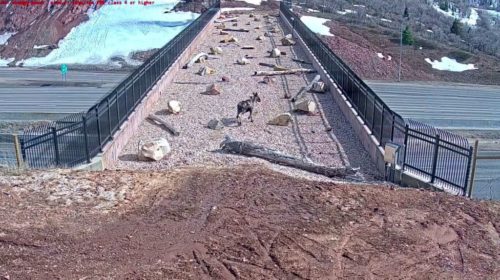Chinstrap penguins in Antarctica have adapted to harsh conditions by sleeping in a very unusual way. They sleep in short bursts - about four seconds at a time. By doing this thousands of times daily, they get about 11 hours of sleep a day.
Posts tagged as “nature”
The Natural History Museum in London holds a yearly contest for the Wildlife Photographer of the Year. This year, the contest had 49,957 entries from around the world. Here are some of this year’s best pictures, and the stories behind them.
Scientists in Europe have discovered that magpies and crows are using an unusual material to build their nests - spikes designed to keep birds away from buildings. The birds appear to be removing the spikes from buildings and adding them to their own nests.
To recap 2022, NewsForKids.net is taking a look back at some of the most interesting stories we’ve covered this year. Today we’re looking at some of the year's big stories related to nature and the climate.
The Natural History Museum in London holds a yearly contest for the Wildlife Photographer of the Year. This year, the contest had 38,575 entries from around the world. Here are some of this year’s best pictures, and the stories behind them.
The world’s oldest known wild bird is a 70-year-old albatross named Wisdom, who is still surprising scientists. Since last fall, she and her mate have been sitting on an egg. Last month, their chick hatched.
As humans take over more and more of the planet, animals who normally travel over large areas are struggling to survive. One way of helping these animals is to create bridges and tunnels to help them cross dangerous roads.
Scientists have recently discovered that Andean condors - some of the world's largest birds - barely flap their wings at all while flying. Instead, they use rising air currents to remain in the air for hours.
Scientists have discovered that massive amounts of microplastics are falling into remote areas in protected US national parks every year. The tiny bits of plastic are carried there by winds and rains.
The number of Mexican gray wolves in the United States jumped by nearly 25% last year. That growth in numbers is good news for an animal that was in danger of dying out. But not everyone is happy about the news.
A massive "raft" of very lightweight rocks called pumice is floating across the South Pacific Ocean. The rocks came from an undersea volcano and are expected to wind up in Australia in seven to 12 months.











